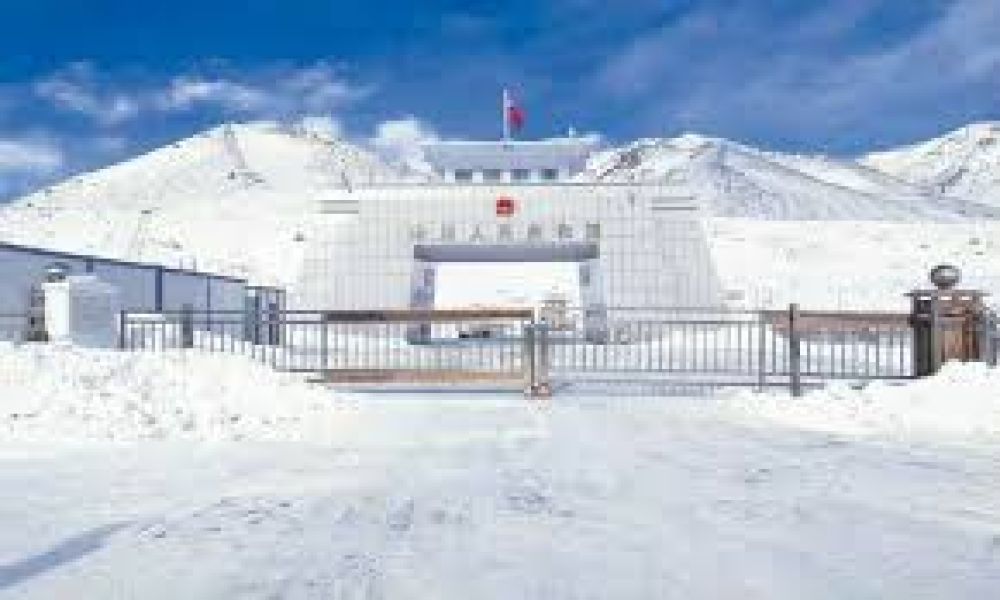You can get to Khunjerab Pass by road via the Karakoram Highway, which is also known as the China-Pakistan Friendship Highway. The closest major towns on the Pakistani side are Hunza and Gilgit. The pass is around 870 kilometers from the capital city, Islamabad. Tourists commonly use cars, jeeps, or buses to travel to the pass, often with a guided tour.

